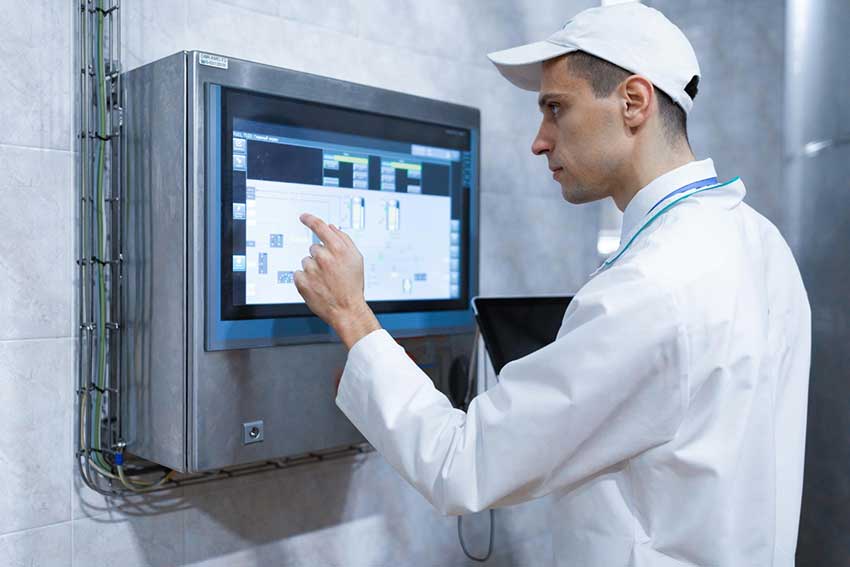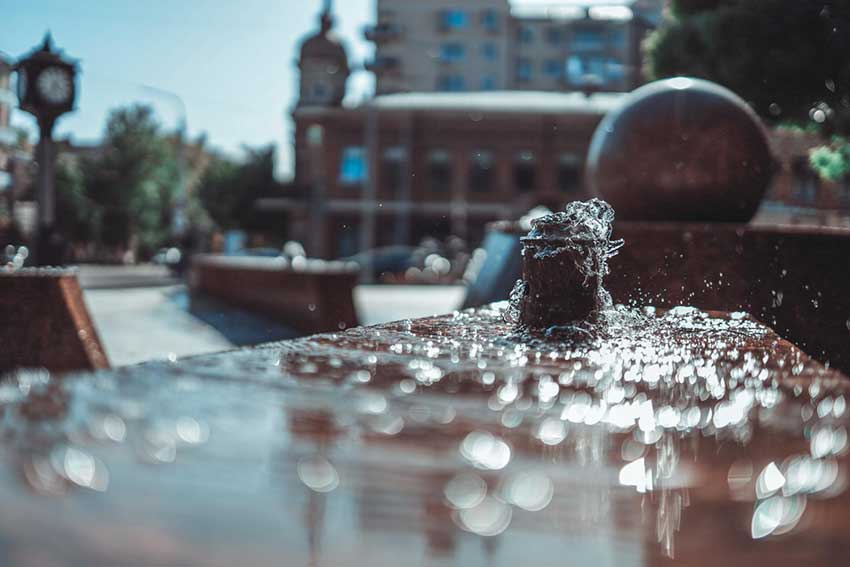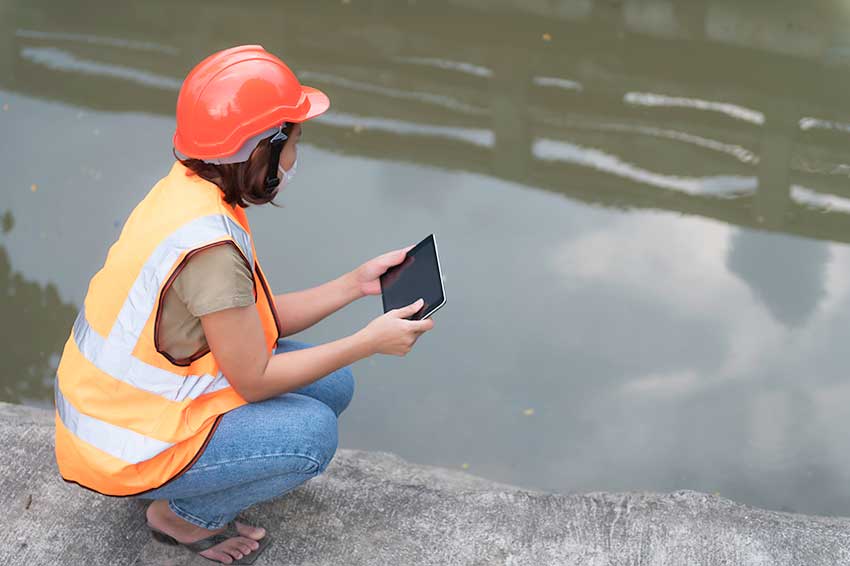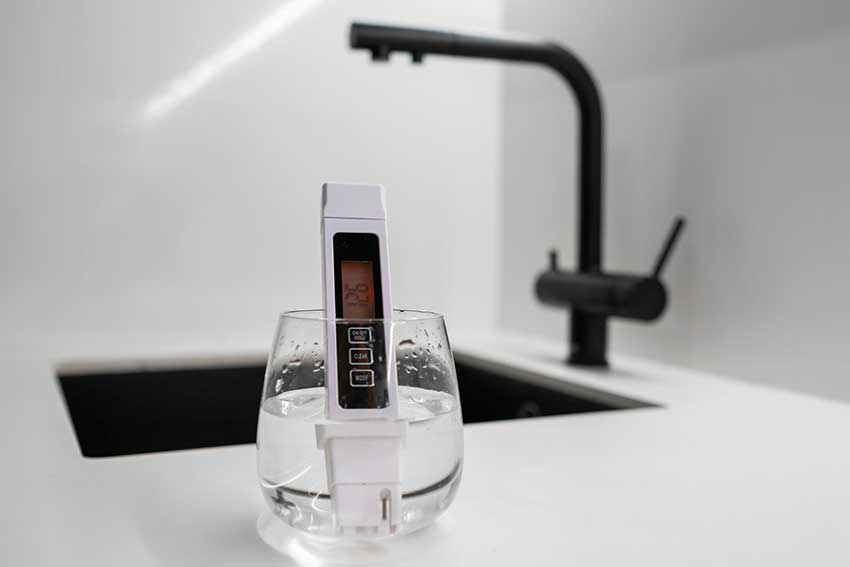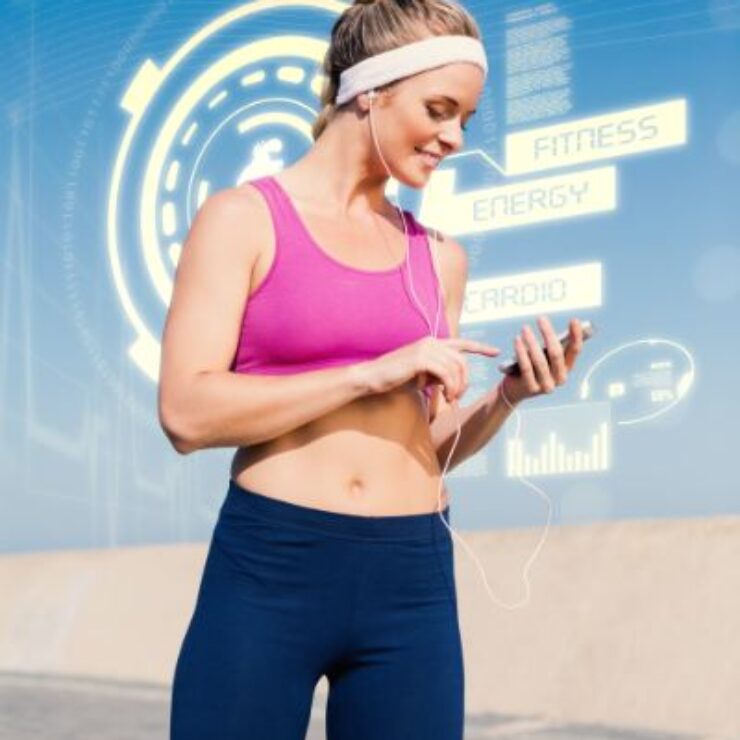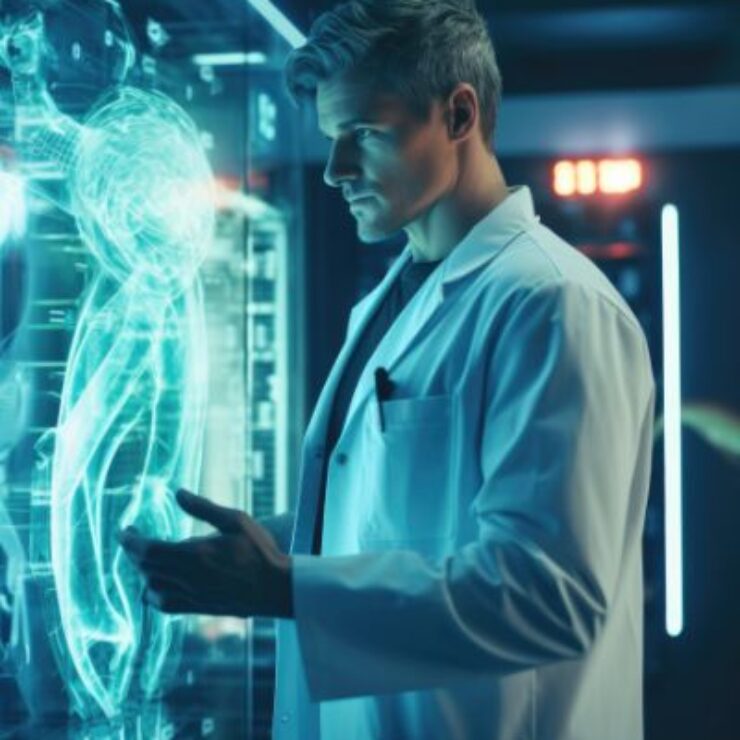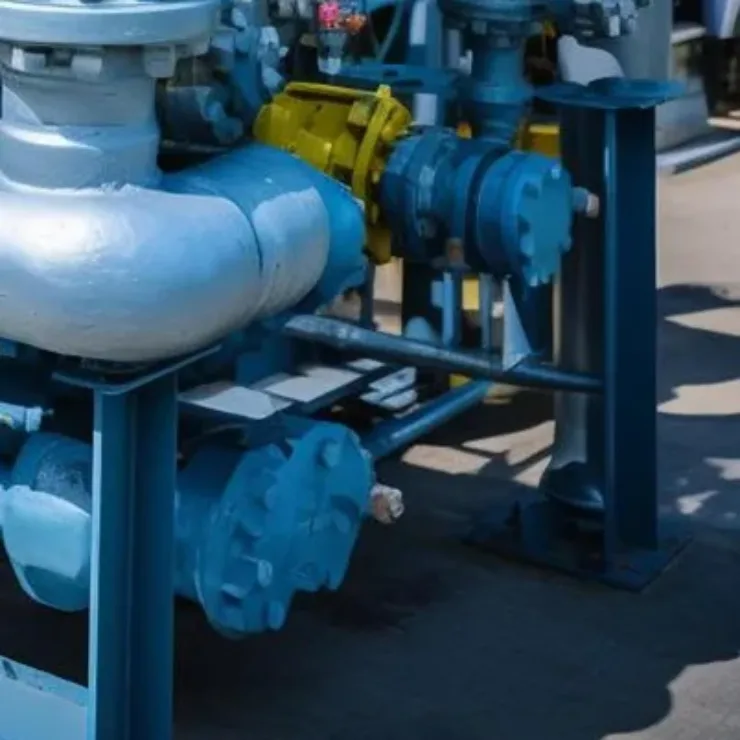Introduction
Over the past few years, IoT has changed the face of many industries and their operations through the use of IoT devices. Probably one of the most active sectors of IoT application is environmental monitoring, and more specifically, water quality management. This blog post aims at exploring how water quality monitoring with IoT sensors can be applied and are applied in the management of water quality and the possibilities that exist in the future.
Water Quality Assessment as a Vital Process
Water is one of the most vital commodities that people require for survival, growth, and advancement of economies and conservation of the environment. Water quality is very important for human consumption, crop irrigation, industrial uses and the health of aquatic lives. Biological and chemical pollutants in water can lead to health hazards, environmental degradation, and economic losses.
IoT and Sensing Technologies in Water Quality Management
The IoT is defined as the interconnection of physical objects that are equipped with sensors, software, and other technologies to enable communication with other devices and systems over the internet. In water quality monitoring with IoT sensors, the major units include the sensors, connectivity modules, data processing modules, and cloud storage and analytics forums.
Sensing Technologies
Different sensors are used in IoT based water quality monitoring systems, and all of them are developed to measure different parameters. Common water sensors include:
pH Sensors: Determining the pH level of water is very essential for the survival of aquatic life and safe drinking water. Learn more about pH sensors.
Dissolved Oxygen (DO) Sensors: Estimate the oxygen dissolved within the water, which is indispensable for the life of fish and other animals that live in the water. More on DO sensors
Turbidity Sensors: Establish the appearance of water containing particles that make the water cloudy or hazy, which shows the level of pollution. Understanding turbidity sensors
Conductivity Sensors: It will measure the conductivity of the water, which will tell us how many ions and salinity is present in the water.
Temperature Sensors: Observe water temperature since the parameter influences the various chemical and biological processes taking place in water bodies.
Nutrient Sensors: Estimate frequency and intensity of nitrates, phosphates and other nutrients which may result in eutrophication. Nutrient sensors information
Possible Uses of IoT in the Field of Water Quality Control
Real-time Monitoring
In this case, IoT-based systems help in real-time monitoring of various water quality indicators. Real time data collection and transmission enable quick detection of anomalies and a quick response to possible problems. This real-time function is very important in checking the outbreak of waterborne diseases, controlling pollution sources and monitoring the set standards.
Remote Monitoring
Water quality monitoring with IoT sensors allow for water quality check in areas that are difficult to access or even dangerous. With the help of sensors installed in rivers, lakes, reservoirs, coastal areas, the environmental agencies can get the required data without visiting the site again and again.
Data Analytics & Predictive Maintenance
The data which is collected by the IoT sensors is very time and space varying and can be processed by employing big data analytics and artificial intelligence. Such analyses can reveal patterns, tendencies, and relationships that are not easily distinguished by the human eye. Therefore, it is possible to use data analytics to build the predictive maintenance models that can help in identifying probable equipment failures and, therefore, planning the maintenance schedules that can minimize the operating expenses and downtime.
Smart Water Management
Water quality monitoring with IoT sensors helps in the management of water resources and it involves the use of data from weather, land use, and consumption of water. This integration therefore enables one to make a better decision on water resource management, flood control and irrigation scheduling.
Pollution Source Tracking
IoT can be used to track the origin of pollution with the help of water quality sensors deployed across a water body. Thus, from the analysis of data for upstream and downstream areas, one can determine the sources of pollution and take measures to eliminate negative consequences.
Case Studies
Tap water quality monitoring with IoT sensors in Berlin, Germany
IoT is widely applied in Berlin to monitor the quality of tap water as a source. The system requires the placement of many sensors within the water supply system within the city. These sensors are always used in establishing the concentration of water quality indicators such as chlorine, ph, thermal conductivity and turbidity. It is then fed to a central control room in real time and this way one is able to detect any fault and ensure that tap water being supplied to the residents is safe for drinking and does not pose any health risks as provided for by the set standard.
Smart Water Management in Copenhagen, Denmark
Copenhagen has integrated a smart water management system to tackle with the issues of stormwater management and water quality. The city employs IoT sensors to control water levels, flow rates, and quality of the water in the city. This data assists in the management of stormwater systems within the city and in turn, minimize the occurrence of floods as well as maintain the quality of water in the city’s harbor and recreational zones.
Protecting Water Quality of The Lake Garda, Italy
IoT devices have been used to protect water quality of Italy’s largest lake, Lake Garda, with the help of monitoring system. The system also has a network of water sensors that are used to monitor some of the characteristics, such as pH, dissolved oxygen, temperature, and nutrients. The data obtained are used to determine the sources of pollution, water use, and the protection of the lake ecosystem.
Quality Analysis of Drinking Water in Paris, France
Water quality monitoring with IoT sensors have been used by Paris to create a sophisticated system that is used to check the quality of water supplied to people through the taps. Data from sensors placed all over the city’s water supply system is collected frequently and includes chlorine, pH, temperature, and turbidity. This data is transmitted in real-time to a control center, through which the authorities are able to identify any contamination problems and thus be able to confirm that tap water is safe to drink. It also provides information to the residents, including water quality reports, through a public platform known as the online portal.
Personal Water Quality Testing Devices
Apart from the mass-scale IoT systems, personal water quality testing gadgets are also readily available on the market. These IoT devices help people to assess the quality of tap water and do not require a lot of money for that.
There are IoT-enabled Water Quality Monitors which can give you real time information on the quality of the water you are using and even sends an alarm to your phone if there is a presence of contaminants.
These IoT devices enable the consumer to test their water frequently and therefore be in a position to control the quality of water being used.
Challenges and Solutions
Data Management
The data produced by IoT sensors is often massive. To process and analyze the data, efficient approaches to data management such as data compression, data filtering, and cloud storage are important.
Security and Privacy
Cyber threats are a major concern for IoT systems as they put the data and privacy at risk. Ensuring that the information is protected by using encryption, authentication and frequent software updates is Therefore important.
Cost and Scalability
The disadvantage of using the IoT-based water quality monitoring system is the expense in the initial investment. But the advantages include cheaper expenses for maintenance and better water control in the future, which often compensates for the costs of the system. To solve the problem of scalability, it is possible to use the approaches that imply the use of modular and flexible IoT solutions that can be easily expanded if necessary.
Future Directions
The Integration with AI and Machine Learning
The incorporation of AI and machine learning into IoT systems will improve the existing mechanisms of water quality monitoring. More sophisticated methods can help in the early identification of pollution events, in the assessment of the best position for water sensors, and in the definition of actions to be taken, which means that water management can become more effective and preventive.
Development of Advanced Sensors
Future work in the area of sensor technology will improve the existing and develop new more effective and efficient sensors at low costs with better accuracy and reliability. Technological advancement like the use of nanotechnology and biosensors gives a possibility of identifying more contaminants at relatively low concentrations.
Conclusion
Water quality monitoring with IoT sensors is a method in the management of the environment with the help of IoT and sensing technologies is considered. Thus, these technologies contribute to the protection of the population’s health, the preservation of water resources, and the environmental conservation. Hence, with the advancement in technology, the future of IoT in water quality monitoring is promising and more solutions to the existing challenges will be found. Eesy-innovation GmbH as a German company with experience in the field of AI, embedded systems, and IoT platforms will be able to offer free consultations and help in the creation and implementation of effective water quality monitoring systems for governments or companies. All our solutions are developed with the aim of delivering high quality and meeting your exact needs.
Please do not hesitate to contact us, to get more information about our IoT solutions and how we can assist you in your water quality monitoring objectives.
FAQ
What can be monitored by the IoT sensors in water quality management?
Examples are pH, dissolved oxygen, turbidity, conductivity, temperature and concentrations of nutrients in the water.
What is the advantage of real-time monitoring in the water quality management?
It facilitates the identification of anomalies that may necessitate a response in relation to health risks or pollution occurrences.
What are some practical applications of IoT in water quality control?
These include surveillance and monitoring of hard-to-reach regions, tracing of pollution sources, and efficient water utilization in agriculture and flood mitigation.
Can IoT devices be used for personal water quality testing?
Yes, there are personal water quality testing devices that can be used by individuals to check the quality of the water they consume from the tap.
What is the role of AI in improving water quality monitoring systems?
Applying AI in water management systems can help in the detection of pollution events, sensor positioning, and decision-making.

